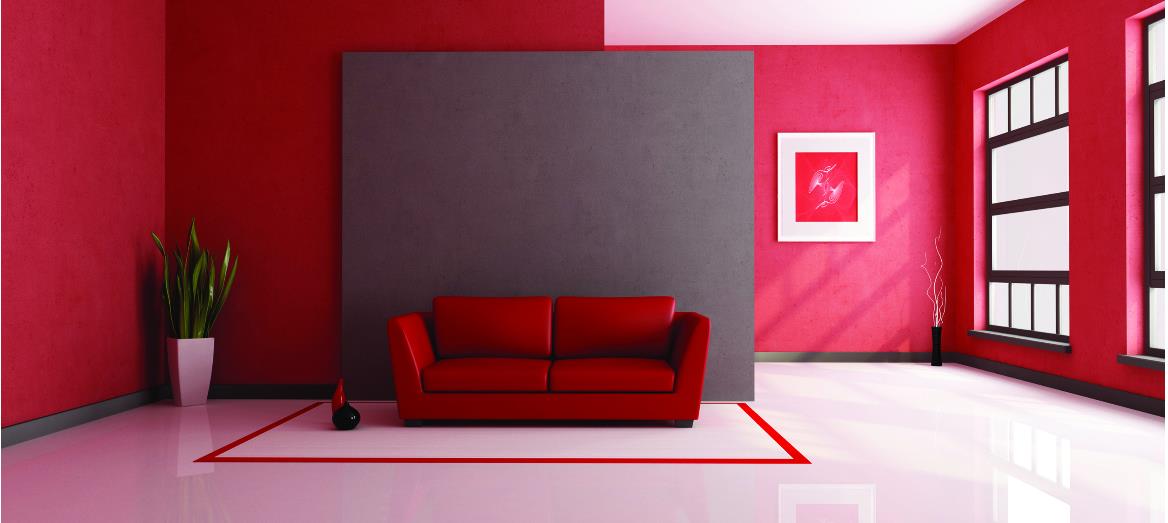Renovation may be a popular way to extract more value from a property as well as to give it a homely feeling for families. However, the current housing market means property owners need to ensure they don’t overcapitalise when upgrading their property.
One of the greatest fears when it comes to renovation is busting the budget and with good reason.
Here are some invaluable tips from Adrian Wee, founder of www.idkingacademy.com about renovation so that you won’t end up shelling out more than you want to.
Background check
It is imperative that before one engages a designer or contractor, a background check on their projects must be conducted. One must take the initiative to see these designers’ or contractors’ projects on-site.
One should also ask designers and contractors in regards to their suppliers as to who they are working with for the reason of assessing their workmanship; for example, carpentry suppliers, plaster ceiling suppliers and tech specialists.
Choose a renovator who has a good track record and weed out the poorer ones, such as those whose suppliers have low product quality and tasteless designs.
Never make full payment
Some designers and contractors will always ask between 70- 90% deposit for the projects, and it is not advisable to comply with their demands, much unless you can get a guarantee for a good product.
It is important to know that one must only pay for delivered products or services and the same rules applies for home renovation. There are some instances where interior designers do not deliver what was promised, palming off a cheap knockoff instead of the promised furniture which was already paid from the deposit.
It is advisable to pay for only what is delivered and what you are satisfied with, because it is your hard earned money you are paying for what you want, not for the designer’s mistakes.
Always hold retention sum
Retention sum is the amount of money which is held back for the duration of the defects period, perhaps within three to six months. It is one of the most effective ways of ensuring that your contractor will promptly fix any problems should any occur during this period.
A good rule of thumb will be to keep a retention sum of between 5% and 10%. Should you not keep a retention sum and if there are any defects in the construction or interior design, contractors and designers will again charge you for the repair works. The retention sum is also good to hold contractors and designers to deliver what was promised as well as to keep them from performing sloppy work.
Keep a low budget
Always have designers or architects to come up with different variations and budgeting so that you can select the best option that suits what you want and can afford. If you have a certain sum for renovation, always keep a buffer between 5% and 10% because there will be unforeseen extra costs.
Keeping a buffer will allow you more financial independence should there be any extra costs. For example, if you have a budget of RM50,000 to renovate your home, keep between RM2,500 and RM5,000 as a buffer to pay for the extra costs, which would mean that that your current allocated budget is at RM45,000.
Importance of timeframe
It is also vital to keep on an agreed timeframe between you and the renovators before signing the construction contract. Many renovators will give home owners a timeframe of 2 months, but some home owners will push the completion timeframe to a month and this will create more problems.
The reason why contractors and designers need more time for their projects is due to the product requirement itself. Products such as wood curing and wall paint takes time to rid itself from its rancid smell.
Plan the timeframe with the contractors and designers to reach an understanding, such as when will be the completion date or viable time to move in without problems to the homeowner.
–IPROPERTY

